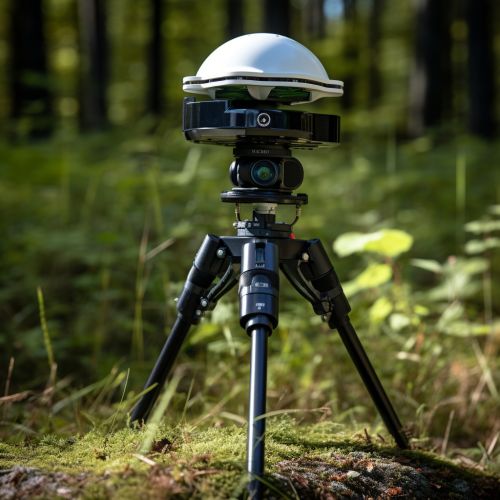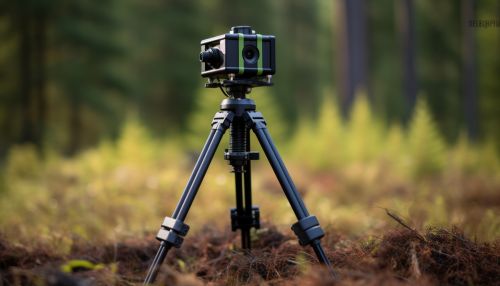Lidar
Introduction
Lidar, also known as Light Detection and Ranging, is a remote sensing method that uses light in the form of a pulsed laser to measure ranges (variable distances) to the Earth. These light pulses—combined with other data recorded by the airborne system— generate precise, three-dimensional information about the shape of the Earth and its surface characteristics.
History
The concept of Lidar has been around since the early 1960s, shortly after the invention of the laser. In the early years, it was primarily used in meteorology to measure clouds and pollution. The first documented use of Lidar for atmospheric studies was by the National Center for Atmospheric Research in 1967. The technology has since evolved and is now used in various fields such as geology, seismology, remote sensing, and atmospheric physics.
Working Principle
Lidar technology works by illuminating a target with a laser and analyzing the reflected light. The technology is similar to radar, but instead of using radio or microwaves, Lidar uses light from the near-infrared part of the electromagnetic spectrum. The time it takes for the light to travel to the target and back is measured, which is used to calculate the distance to the target.
Types of Lidar
There are two main types of Lidar: Topographic and Bathymetric. Topographic Lidar typically uses a near-infrared laser to map the land, while Bathymetric Lidar uses water-penetrating green light to also measure seafloor and riverbed elevations.
Applications
Lidar technology has a wide range of applications. It is used in geology to understand landforms, in forestry to estimate biomass and carbon, in environmental science to study ecosystems, and in urban planning to create detailed city models. Lidar is also used in the automotive industry for the development of autonomous vehicles.
Advantages and Limitations
Lidar has many advantages over other remote sensing methods. It can be used in cloudy conditions, it provides very high-resolution data, and it can measure the third dimension (height) which is not possible with traditional 2D imaging. However, Lidar also has some limitations. It is relatively expensive, it requires sophisticated software for data processing, and it cannot penetrate through solid objects like buildings or rocks.
Future of Lidar
The future of Lidar looks promising. With advancements in technology and reduction in costs, it is expected that the use of Lidar will become more widespread. In particular, the use of Lidar in autonomous vehicles is expected to increase significantly in the coming years.
See Also


